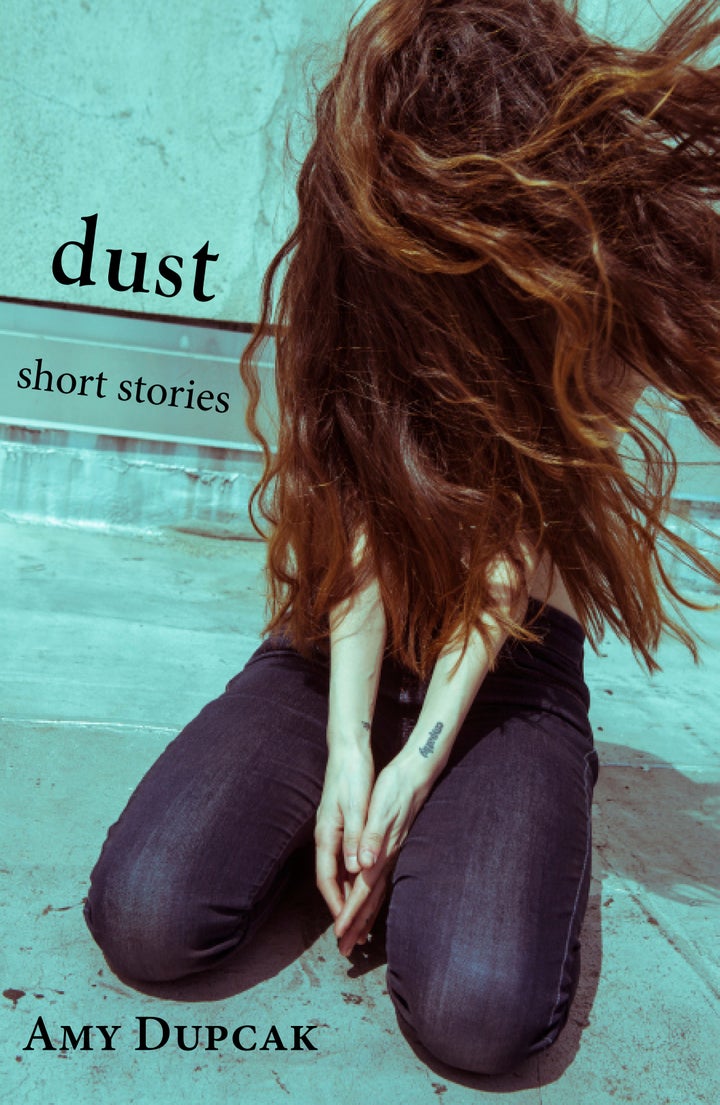
I started writing at age eight. I was in bed with the flu and a copy of Richard Matheson’s novel Hell House. I’d found it a local drug store and was intrigued by the cover of a scantily clad woman running with a candlestick.
I finished the novel in a day, and that was it. I have never stopped writing, or reading since. Back then, an older sister of mine, impressed with my literary leanings, began to nudge me away from commercial fiction and toward classics, including Shirley Jackson’s The Haunting of Hill House. It ends up Matheson (who I greatly admire as a prolific master of macabre tales) hadn’t been the first to throw four people together in a haunted house. While Hell House had lusty ghosts, flying dishes, and a few violent deaths, Hill House relied on the psychological distress of it’s flawed central character to guide the haunting narrative.
In September, a long overdue biography of Jackson came out by Ruth Franklin shedding light on the writer’s amazing catalogue of work (including the classic short story The Lottery) and Jackson’s subtle exploration of the desperate isolation of women, particularly married women, in American society. Also in September, writer Amy Dupcak released her debut short story collection Dust. I was reading both the biography and Dust at the same time, and couldn’t help but see a series of similarities in these two gifted writers.
While Jackson explores certain fringe elements and the impact of isolation, Dupcak gets deep under the skin of a tribe of young people who at first seem lost, but ultimately reveal the resilience of the human spirit. I caught up with Dupcak, discussing her new story collection, her thoughts about Jackson’s work and her top five short story list.
Scott Alexander Hess: Shirley Jackson’s short story “The Lottery” is seen by some to be a quintessential short story; do you agree with that, and if so why?
Amy Dupcak: While “The Lottery” is a fascinating and chilling read, to me a “quintessential short story” contains an epiphany: a character’s realization or moment of insight. By the end of “The Lottery,” the readers, not the characters, experience an epiphany. Tessie Hutchinson and the rest of the villagers already know what happens to the person who “wins” the lottery, but readers can only predict the outcome based on Jackson’s careful foreshadowing—the children’s piles of stones, Tessie’s insistence that it’s not fair—and her overall tone of impending danger.
This story closely resembles episodes of The Twilight Zone, which premiered a decade after “The Lottery” was published: the twist ending, social commentary on human nature, and idyllic American setting that harbors darker forces of violent injustice. So while I consider Jackson’s classic story to be aberrant in a few fundamental ways—the lack of an epiphany, emphasis on dialogue, the dozen characters we don’t really get to know—I do think her short timeline, rising tension, climactic ending, symbolic imagery and allegorical message are all crucial elements of a short story and therefore quintessential.
SAH: Why short stories? Tell us why you write in this form.
AD: I’ve always loved reading and writing short stories because I prefer subtle moments of impact to high-stakes action. Stories tend to be less dramatic and plot-based than novels, and I love exploring a character’s development and inner thoughts. It’s fun to experiment with structure, writing style, point of view, and conceptual ideas, which committing to a novel doesn’t usually allow since it takes so long to write. In general, the meaningful details in short stories often stick with me longer than the twists and turns of novels.
SAH: What makes a short story work?
AD: These days, writers often eschew tradition, but stories typically contain a single plot line, conflict, or concept, with no more than a handful of main characters. Every word matters in a short story—there’s no room for excessive backstory or extraneous description. As I mentioned before, an epiphany is often at the heart of the narrative, so it’s a revelation that I’m writing toward, not a show-stopping climax.
In my opinion, the protagonist should be compelling or relatable even if they’re unlikeable, and they should want something, whether it’s concrete or abstract. They don’t have to get what they want (sometimes they get what they need instead) and the story doesn’t have to answer every question it raises, but things should feel more or less resolved by the end. A recurring symbol can greatly enhance the meaning of a short story, especially during a moment of crisis or catharsis.
SAH: A lot of new writers consider the short story a first step toward writing a novel. Do you agree?
AD: I completely agree. You have to learn to walk before you can run, and you should probably finish a story before beginning a novel. If you can write a few successful stories, you’re well on your way to crafting longer works of fiction. However, some short story writers will never become novelists, and that’s totally okay! A novel is a different animal, and it’s a massive undertaking that requires a lot of patience.
For me, the first step toward a novel is writing a detailed outline and synopsis, creating character profiles, jotting down a slew of notes, conducting research, reading similar books, talking it out with friends, and exploring potential themes and symbols—tools that also come in handy for writing a short story.
SAH: Tell us your favorite five short stories of all time.
AD: It’s so hard to choose! Some of my favorite story collections are by Miranda July, Mary Gaitskill, Lorrie Moore, Alice Munro, and Aimee Bender, but here are five stories that are particularly important to me.
1. “The Isabel Fish” in How To Breathe Underwater, by Julie Orringer
This is novel of a story, though not a single word is wasted. I love Orringer’s palindromic structure, poignant symbolism, and true-life depictions of teenage trauma. Her narrator, Maddy, is a smart yet isolated fourteen-year-old who develops a fear of water after surviving an accident that killed her brother’s girlfriend. By the story’s end, Maddy successfully scuba dives and learns to breathe underwater.
2. “Cathedral” in Cathedral, by Raymond Carver
Carver delivers the perfect example of a character’s understated epiphany or “ah-ha!” moment of clarity. Like most of his stories, it’s minimalist, cynical, and chockfull of wit. The narrator is hilarious even when he makes gross assumptions about his wife’s friend, who is blind. In the final scene, Bub essentially becomes the blind man when he draws a cathedral without looking; with his eyes closed, he begins to see.
3. “The Slough” in The Withdrawal Method, by Pasha Malla
In this story, fiction, metafiction, and nonfiction bleed into one another, causing readers to question the nature of reality and the concept of truth. Malla explores a couple’s seven-year relationship, which has grown stale. Part I is a whimsical and absurdist metaphor for the painfully realistic Part II, in which a man copes with the impending death of his partner, whom he tries to keep alive through art.
4. “Wild Berry Blue” in American Innovations, by Rivka Galchen
This is the story of an eight-year-old girl (presumably Galchen herself) falling in love for the first time…with a veiny, tattooed McDonald’s employee named Roy! As Roy becomes her “whole world,” she feels overwhelmed by the “painful pathetic euphoria” of a first crush. I can certainly relate on a personal level, and it’s refreshing to read a story that’s so honest about a child’s burgeoning sexuality.
5. “Egg” in Melancholy of Anatomy, by Shelley Jackson
As my former professor and thesis advisor, I’m familiar with Shelley (not Shirley) Jackson’s affinity for magical realism, nonlinear narratives, and experimental structures, as well as her playful commentary on anatomy. When a mysterious egg grows to massive proportions, it becomes everything Jackson’s narrator desires. She is the egg’s mother, but also its lover—she wants the egg to consume her, and to heal and change her. A true work of art, this story breaks the conventions of fiction and revels in its own ambiguity.

Amy Dupcak, 2016
